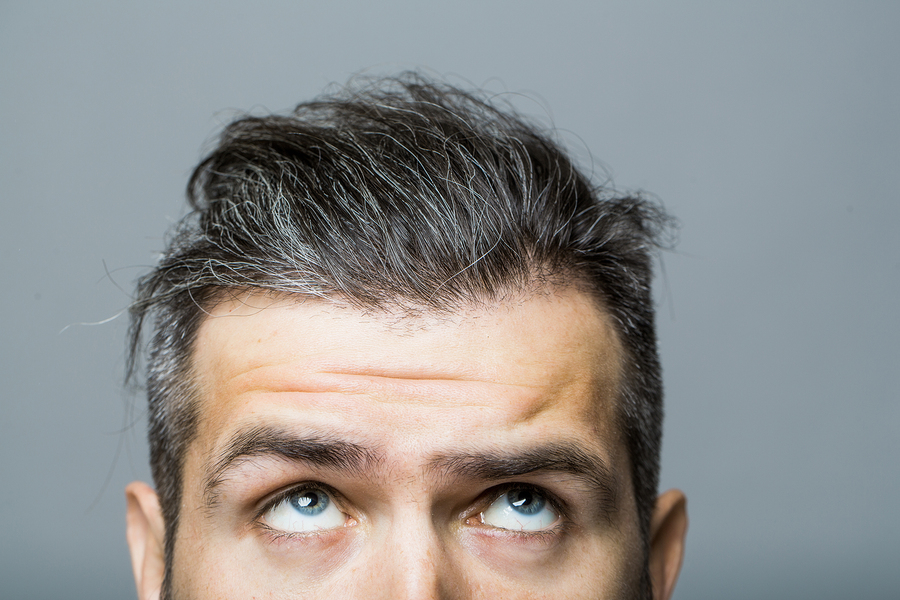- Make It Yourself Lavender Heart-Shaped Bath Bombs!
- 20 Things You Never Knew About “Down There”
- 12 Best Foods For Those Suffering From Arthritis Pain
- 12 Personal Hygiene Mistakes Almost Everyone Makes (Mom Never Told You About #4!)
- 15 Medicinal Plants And Herbs From The Cherokee People
- 12 Mind-Blowing Benefits Of Drinking Coconut Water During Pregnancy
- 12 Outstanding Winter Foods That Won’t Fatten You Up Like A Christmas Turkey
Can Gene Therapy Cure Vision?
How the Gene Therapy Works
Gene therapy is a relatively new type of medical treatment which involves introducing foreign genetic material into a cell to compensate for some sort of genetic defect or malfunction in those cells.
Of course, this is a lot easier said than done. You cannot simply slap healthy genes onto unhealthy cells and expect it to work. The genetic material used for treatment must be delivered into the targeted cells in a special way. This is done with a vector, a genetically engineered virus which acts a carrier to transplant the genetic material into the cell. This vector can be introduced via IV, or simply injected directly into the affected area.
In the case of RPE65, it is the faulty genes in the retina which fail to produce the necessary proteins which require treatment. This led a company called Spark Therapeutics to develop an experimental gene therapy called Luxturna. The treatment consists of a series of injections into the eye.
In a study to test the treatment’s effectiveness, 20 patients with RPE65-mediated inherited retinal dystrophy were selected to receive Luxturna. Researchers would then gauge the gene therapy’s effectiveness by the recipient’s ability to navigate a specially built, dimly-lit maze. 18 out of 20 patients who received Luxturna experienced a markedly better ability to navigate the maze versus the control group. A year after the trial, all the control group members received Luxturna as well.
Those are pretty positive results, but if you’re looking for more success stories, look no further than America’s Got Talent teenage contestant Christian Guardino. He received the treatment in an earlier experimental trial when he was a young boy and already losing his sight. The therapy allowed him to regain his sight and continue with his vocal training throughout his childhood. Another successful case was that of Corey Hass, a teenager who is now able to go hunting and fishing with his improved eyesight thanks to gene therapy. Haas was the subject of Dr. Ricki Lewis’ book The Forever Fix: Gene Therapy and the Boy Who Saved It, published in 2012.
READ ALSO: 15 Ways You’re Damaging Your Eyesight Without Realizing It Infographic
This is very promising news for people living with RPE65-mediated inherited retinal dystrophy, and for anyone living with an inherited genetic disorder. It means that gene therapy really is a viable solution for some conditions. Who knows what kind of progress a few more years of scientific research and development will unlock?
References:

































